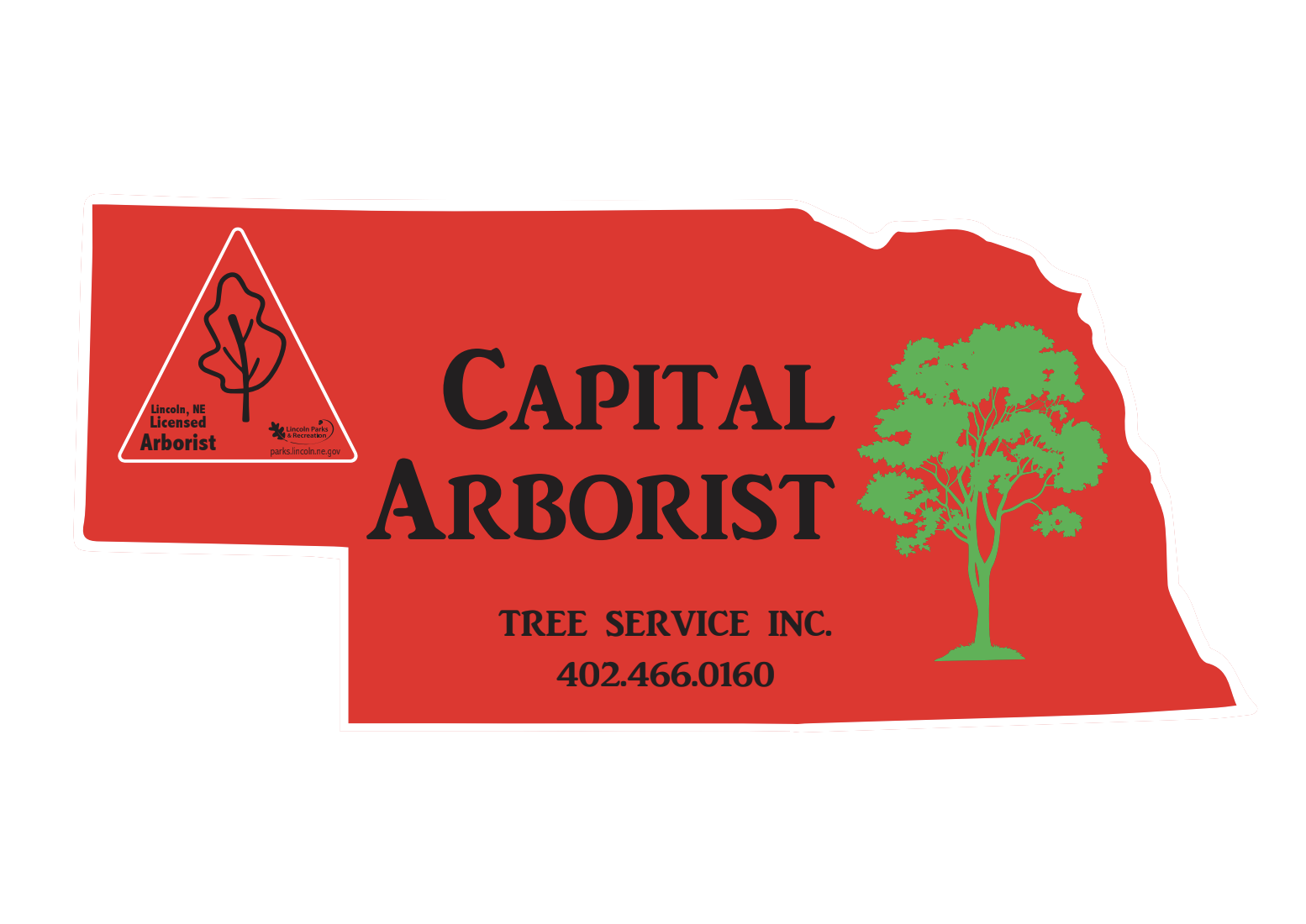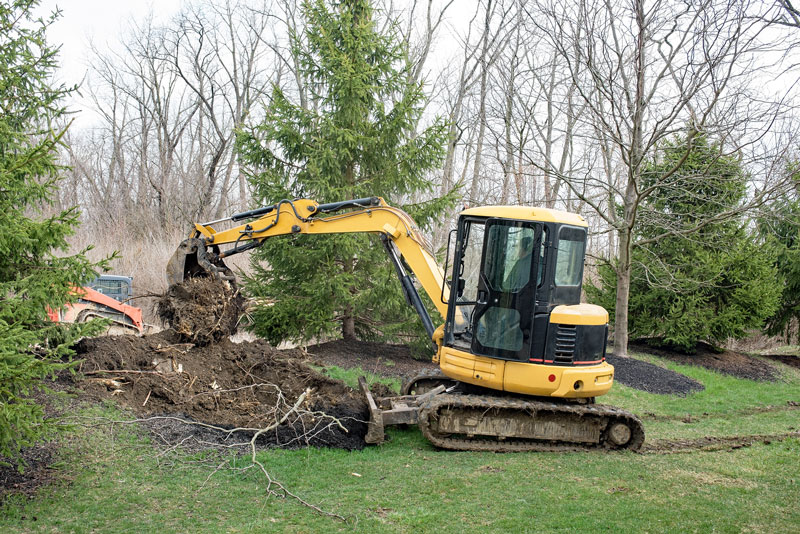In one of our blog posts last month, we talked about why you should consider having a tree stump in your yard removed, which we hope was able to help you decide if you should go through with this process. Now we’d like to help you learn about the two different ways that tree stumps can be removed: either total removal or grinding. Both processes have good points and negative ones. Read on to learn more about these two options to help you decide which is right for you.
Stump Removal Pros and Cons
Just as it sounds, stump removal involves pulling a stump out of the ground. This process typically requires the use of heavy machinery, which have enough power to pull the stump and its root system totally out of the ground. One of the main points of consideration between these two processes is whether or not you care about the root system. Stump removal eliminates both the root and stump, so that you are sure there’s no chance of regrowth or sprouting. This process is more expensive than stump grinding, and leaves a hole where the stump and root system used to be.
PROS
- Complete elimination of stump and roots
- Replanting a new tree is easier
- No leftover sawdust mess
CONS
- Time-intensive
- More difficult to remove
- Gaping hole after removal
Stump Grinding Pros and Cons
Stump grinding is a process that removes the stump of the tree while leaving the root system in place. A device called a stump grinder is used to mechanically grind out the stump, leaving nothing but fine sawdust. The advantage of tree stump grinding is that the stump can be ground down to your desired height, from just 1 inch below the soil level to as low as 12 inches underground. Stump grinding is preferred by many homeowners for a few reasons. It is far easier for a company to get done, which means the process is faster, and it uses smaller machinery to get the job done. Unlike stump removal, which leaves the environment in a messy state, stump grinding provides a greater level of neatness and less mess to clean up afterward. On the other hand, however, leaving behind the roots means the risk of regrowth or sprouting in the area. In addition, if the leftover stump isn’t properly covered up and compacted, someone may trip over it and potentially injure themselves.
PROS
- Faster to remove
- Less expensive than removal
- No gaping hole after construction
- Leftover sawdust can be used for mulching
CONS
- Possibility of eventual sprout
- Root decay, which can lead to an uneven yard
- Potentially harmful to pedestrians
Which Method is Best for You?
In the end, whatever method you choose depends on your budget and your preferences. If you are looking for the most economical method, then stump grinding is usually the best choice. It also takes less time than stump removal, because the roots are left in place. However, there is also the risk that the stump can grow back. If you want to plant a new tree in the same spot or ensure that no re-growth will happen, then stump removal is a better option for you.
If you have an old stump you’d like to have removed, give us a call to set up an appointment for a free estimate. We’ll discuss your options with you, and give you a written estimate for the work. You can trust our years of experience to get the job done right.

